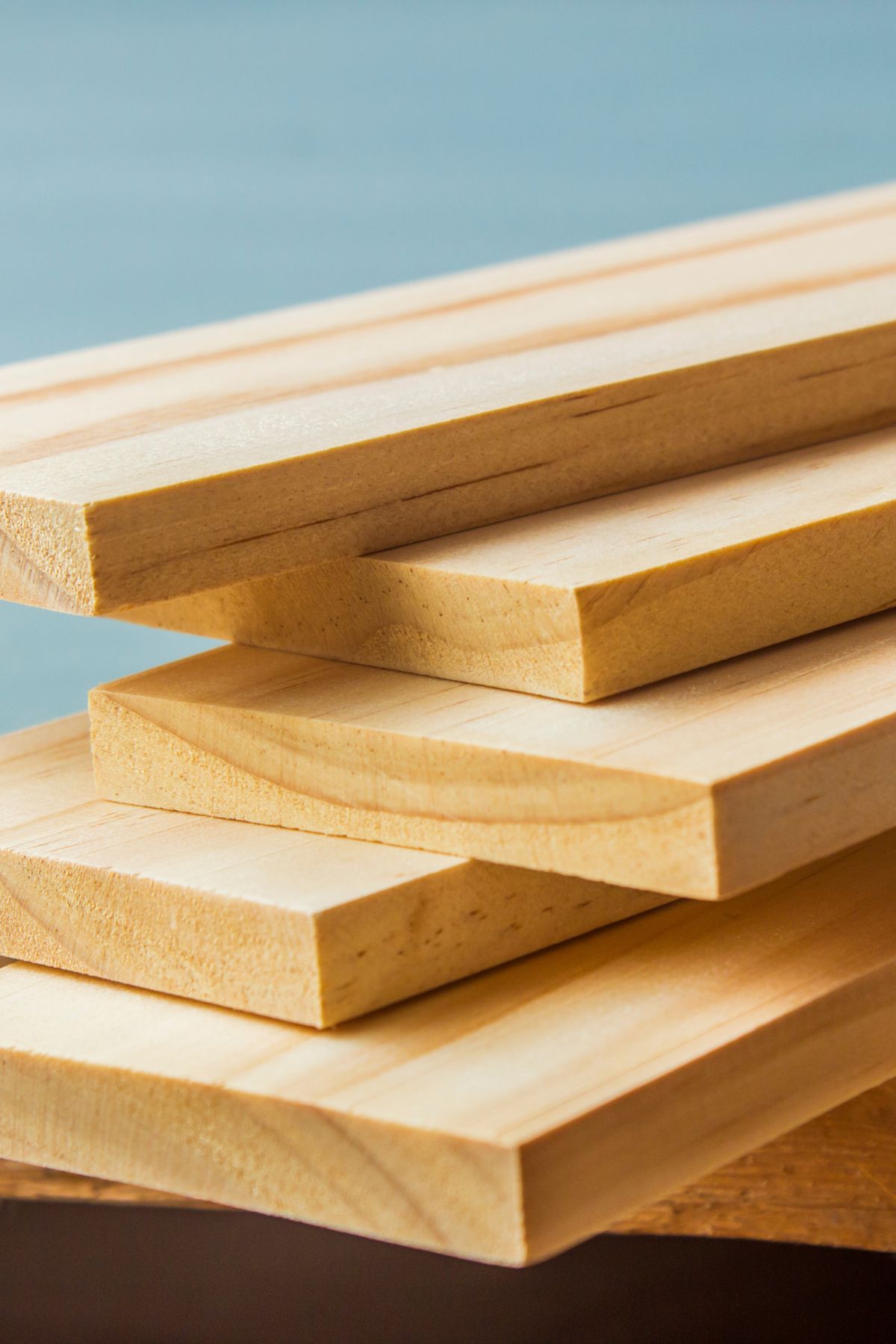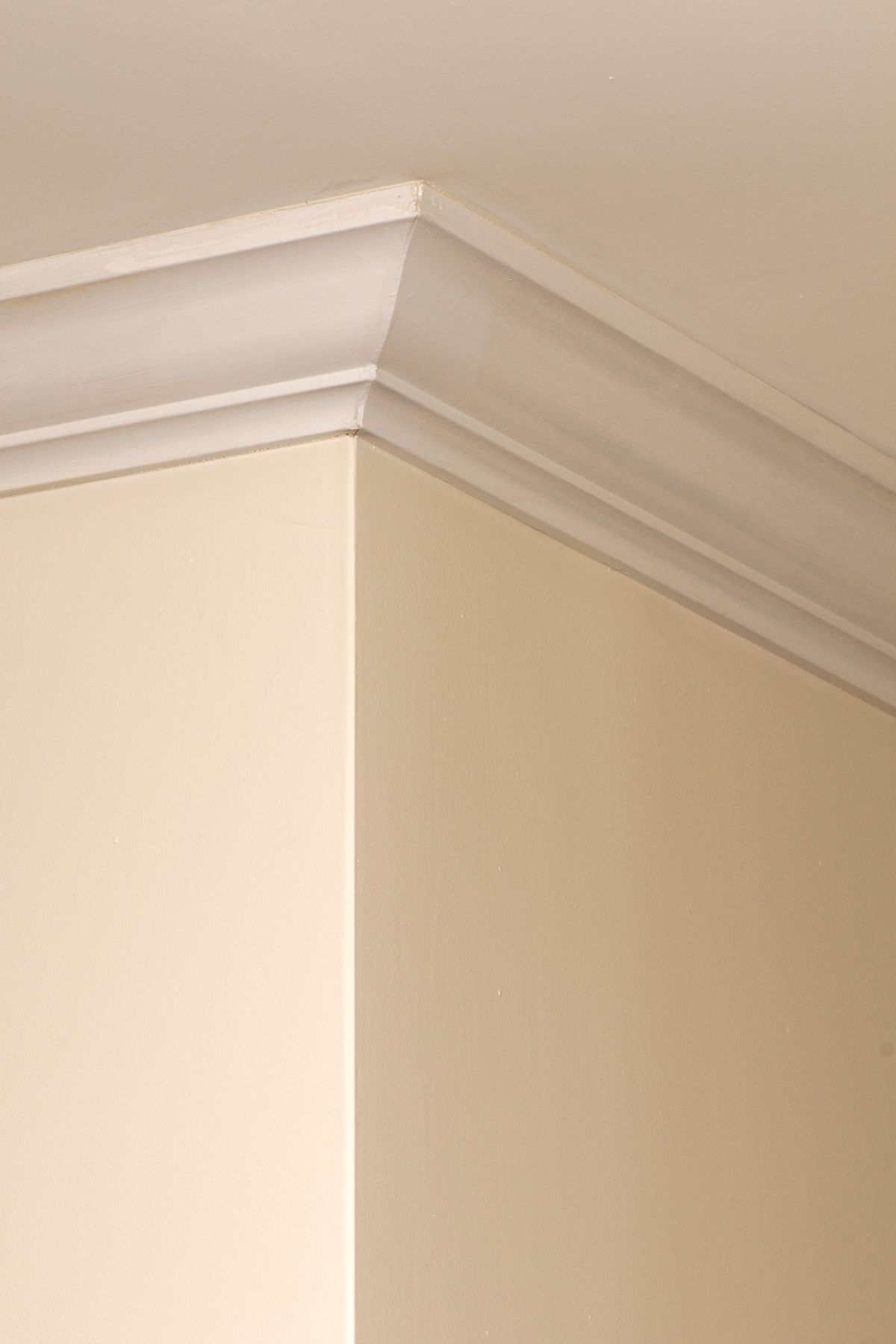The Linear Feet to Square Feet Calculator is an essential tool for homeowners, contractors, and DIY enthusiasts who need to estimate material coverage accurately.
Linear Feet to Square Feet Calculator
Tip: Be sure to convert all measurements into the same units before calculating for best accuracy.
Whether you’re planning to install new flooring, siding, decking, or fencing, understanding how to convert linear measurements into area-based measurements ensures you purchase the right amount of material—without costly overages or shortages. Many projects list materials in linear feet, but the actual coverage is determined in square feet, which can create confusion when estimating costs or quantities. This simple yet powerful calculator bridges that gap by automatically converting your total length and width into square footage, saving time and reducing errors.

By using this calculator, you can quickly determine how much area a given length of material will cover based on its width. It’s particularly useful when materials are sold by length—like trim boards, moldings, or baseboards—but are installed across a surface area. With just a few inputs, the tool performs the math instantly, helping you make confident, data-driven decisions before making your next purchase or cutting your first piece.
What Are Linear Feet and Square Feet?
Before using the Linear Feet to Square Feet Calculator, it’s important to understand the difference between these two common measurement units. Linear feet measure length only, representing a one-dimensional measurement along a straight line. It tells you how long something is, regardless of width or height. For example, a 10-foot-long piece of lumber is said to be 10 linear feet, no matter how wide or thick it is.
On the other hand, square feet measure area—that is, the amount of surface a material covers. This is a two-dimensional measurement, calculated by multiplying length × width (both in feet). For example, a floor that measures 10 feet long and 12 feet wide has an area of 120 square feet.
To make this clearer, here’s a quick comparison table:
| Measurement Type | What It Measures | Formula | Example |
|---|---|---|---|
| Linear Feet | Length (1D) | Just the total length | 10 ft long board |
| Square Feet | Area (2D) | Length × Width | 10 ft × 12 ft = 120 sq ft |
Knowing the difference helps ensure your calculations are correct—especially when converting between the two for estimating materials, costs, or labor.
When Do You Need to Convert Linear Feet to Square Feet?
You’ll need to use a Linear Feet to Square Feet Calculator in many real-world situations where materials are sold or measured by length but actually cover a surface area. This conversion helps you translate how much area those materials will cover once installed — an essential step in accurate budgeting, ordering, and planning.
Here are some common scenarios:
- Flooring installation – Flooring planks, laminate boards, or hardwood strips are often listed in linear feet, but installation requires knowing the total area they’ll cover.
- Siding and roofing projects – Siding panels, shingles, and roofing sheets are frequently sold by the linear foot, but estimating total roof or wall coverage requires square footage.
- Decking and fencing – Deck boards and fence panels come in specific widths; converting their total length into square feet tells you how much surface your materials will cover.
- Trim, baseboards, and molding – When finishing interiors, trim pieces are purchased in linear feet but must be measured to match wall surface areas or perimeter lengths.
- Countertops and backsplash – Many countertop materials are quoted in linear feet, but for estimating surface coverage and cost, square footage provides better insight.
In short, whenever you’re working with materials that have a measurable width in addition to length, converting linear feet to square feet ensures your estimates align with actual coverage and costs.
The Basic Formula Explained
At the core of every Linear Feet to Square Feet Calculator lies a simple but essential formula:
Square Feet = Linear Feet × Width (in feet)
This formula works because area (square feet) is calculated by multiplying length by width — provided both measurements use the same unit (feet). If the width of the material is given in inches, it must first be converted to feet before performing the calculation:
Width (in feet) = Width (in inches) / 12
Once both units are consistent, the conversion becomes straightforward.
Example 1: Decking Board in Feet
If you have 50 linear feet of decking boards that are each 2 feet wide:
50 ft × 2 ft = 100sq ft
So, the boards would cover a total of 100 square feet.
Example 2: Flooring Plank in Inches
If you have 80 linear feet of flooring boards that are 6 inches wide:
80 ft × ( 6 / 12 ) ft = 40 sq ft
By applying this formula, you can easily estimate how much area any material will cover — whether you’re installing flooring, siding, or countertops. The Linear Feet to Square Feet Calculator automates this process, saving you from doing manual conversions or dealing with unit inconsistencies.

How to Use the Linear Feet to Square Feet Calculator
Using the Linear Feet to Square Feet Calculator is simple and intuitive. It’s designed to take the guesswork out of measurement conversions, whether you’re planning a home renovation or managing a construction project. Follow these steps to get accurate results in seconds:
Step 1: Enter the Total Length (in Linear Feet)
Begin by entering the total length of the material you have or plan to use. This could be the combined length of flooring boards, trim pieces, or fence panels.
Example: If you have 80 linear feet of trim molding, enter “80.”
Step 2: Enter the Width of the Material
Next, input the width of the material. This can be in feet or inches, depending on your measurements.
- If you’re working with wider materials (like decking boards), select feet.
- If you’re working with narrower materials (like molding or flooring planks), select inches.
The calculator will automatically convert inches to feet for you.
Step 3: Select the Width Unit
Choose whether the width you entered is in feet or inches. The tool adjusts the calculation accordingly to ensure accurate area conversion.
Step 4: (Optional) Enter a Waste or Overlap Allowance
If your project involves cutting or overlapping materials, you can add a waste percentage.
- For example, entering “10” will increase the calculated area by 10%.
This ensures you order enough material to cover trimming, fitting, or small errors during installation.
Step 5: Click “Calculate”
Once all inputs are entered, click the Calculate button. The calculator instantly displays the total area in square feet, rounded to two decimal places for precision.
Step 6: Review and Apply the Results
Use the result to plan your material purchase or project estimate. For example:
- A contractor can use the result to price a job accurately.
- A homeowner can compare how much material is needed before visiting a supplier.
Common Mistakes to Avoid
Even though the Linear Feet to Square Feet Calculator makes conversions simple, small oversights can still lead to inaccurate estimates. Being aware of these common mistakes helps you get precise results every time.
1. Mixing Units (Inches vs. Feet)
This is the most frequent source of error. If your material width is in inches but you enter it as feet, your result will be off by a factor of 12.
✅ Tip: Always confirm the unit before entering it. The calculator allows you to specify whether your width is in inches or feet, so double-check that setting.
2. Ignoring Waste or Overlap
Real-world installations rarely use every inch of material perfectly. Cutting, fitting, or overlapping pieces creates waste.
✅ Tip: Add a 5–10% waste factor for standard projects and up to 15% for diagonal or patterned layouts like herringbone floors or shiplap walls.
3. Assuming Uniform Width
Some materials, like natural wood boards or stone slabs, can vary slightly in width.
✅ Tip: Measure several pieces and use the average width for more reliable results.
4. Forgetting to Include All Sections
If your project spans multiple areas—like several walls or deck segments—it’s easy to calculate one section and forget the others.
✅ Tip: Use the calculator separately for each section, then add all results together to find the total square footage.
5. Misinterpreting Linear Feet
Some people confuse linear feet with square feet when estimating costs. Remember, linear feet measure length, while square feet measure area.
✅ Tip: Only use the calculator when your material has a defined width; if it doesn’t, you can’t determine area yet.
6. Not Accounting for Material Orientation
When materials are installed diagonally, in herringbone, or staggered patterns, the effective coverage changes.
✅ Tip: Add an extra 10–15% to your calculation for patterned layouts to avoid shortages.
By keeping these points in mind, you’ll get the most accurate output from your Linear Feet to Square Feet Calculator—ensuring you buy just the right amount of material for your project, with minimal waste and maximum efficiency.

Conclusion
The Linear Feet to Square Feet Calculator is an indispensable tool for anyone involved in construction, renovation, or DIY home improvement projects. It takes a simple yet essential conversion — from length to area — and makes it fast, accurate, and error-free. Whether you’re planning to install flooring, siding, roofing, or trim, this calculator ensures that you can quickly determine how much material you truly need.
By inputting your total length, width, and optional waste percentage, you can instantly calculate total square footage without doing manual math or worrying about unit conversions. This not only saves time but also prevents costly mistakes from over- or under-ordering materials.
In today’s fast-paced world, having a reliable digital tool like the Linear Feet to Square Feet Calculator on hand can streamline both small and large projects. It brings precision to the planning stage, ensures efficient material usage, and helps you stay within budget — all with just a few clicks.
Whether you’re a homeowner managing a DIY renovation or a contractor estimating job costs, this calculator provides the clarity and confidence needed to complete your project successfully.
